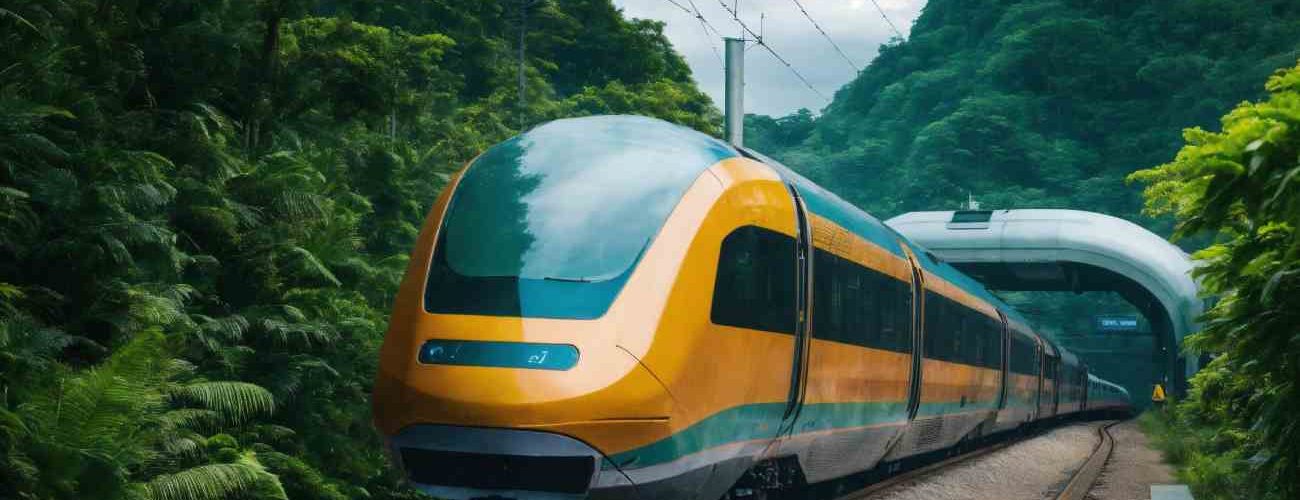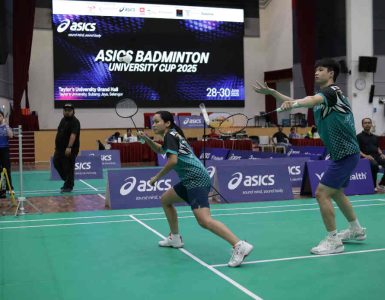The East Coast Rail Link (ECRL) in Malaysia stands at the forefront of national development initiatives, aimed at bridging the East-West development gap.
While acknowledged for its projected economic multiplier effects, concerns persist regarding its cost, potential returns on investment, and overall economic viability.
This video delves into the intricate details surrounding the ECRL, evaluating its significance in fostering balanced national development.
The ECRL is pivotal for enhancing connectivity, promoting mobility, and fostering integration across diverse segments of Malaysian society.
Despite being viewed as potentially less lucrative from an economic and investment returns perspective, the project is deemed crucial for bringing development to the east coast and generating job opportunities.
The project is poised to generate 80,000 jobs during construction and 6,000 jobs during operations, showcasing its potential impact on employment.
Beyond economic contributions, the ECRL aims to enhance connectivity, particularly stimulating the tourism sector by leveraging attractions in the east coast states, such as Genting Highlands, Taman Negara, and Pulau Redang.
Moreover, the rail link is expected to facilitate various services, including logistics and business services, contributing to the comprehensive economic development of the region.
The evolving narrative of the ECRL underscores its potential to act as a catalyst for economic growth and regional integration in Malaysia.
From a strategic perspective, the ECRL links the Kuantan port with Port Klang, potentially offering a new goods route. This could redirect goods through Malaysia, presenting a competitive alternative to the Singapore route.
The project’s impact extends beyond passenger transportation, positioning the ECRL as a pivotal player in regional logistics and trade.
As of March, the construction progress of the ECRL stands at 21.4%, prompting a focus on timely completion and maximising spinoff effects.
However, concerns arise over the project’s financial burden on the less developed east coast and its potential economic challenges.
Economists question the added value of the ECRL in comparison to existing infrastructure, with the high-speed rail link’s impact on tourism and business activities under scrutiny.
The ongoing debate centres around the economic viability of the ECRL and the need for a comprehensive evaluation of its potential impact.
The significant public investment, coupled with concerns about inflated costs, prompts a reevaluation of the project’s long-term viability.
As Malaysia contemplates other major projects, a cautious and prudent approach is urged, prioritising transparency and aligning investments with both short-term and long-term national interests.











